Oscar voting has officially started and will run until February 27th. It’s been another long awards season, and we at Next Best Picture understand that voters might need clarification on which films to vote for with so many worthy nominees. There are several films, performances, screenplays, and technical aspects we’ve appreciated from this year, so we put together a few final FYC pleas down below just in case any Academy members happen to read this with their empty ballots in hand looking to make a final decision on who or what to vote for.
BEST SUPPORTING ACTOR – Ryan Gosling in “Barbie”
Ken may have been an afterthought for most of history, but Ryan Gosling has made him the talk of the town ever since “Barbie” hit theaters this past summer. Greta Gerwig’s perfectly pink film is a triumph for several reasons, and Gosling’s portrayal of the doll longing to be seen in the film’s matriarchal society is undoubtedly one of its shining aspects. He brought humor to every one of his scenes, from the way he tries to impress Margot Robbie’s Barbie with his beach skills to his deep education of the American patriarchal system (and horses!). But he also made us feel for him and understand his desire to be more than just No. 2, which he belted out in his iconic song and dance number “I’m Just Ken.” I mean, who here hasn’t wanted more in life and to also rock a mink coat? Gosling is the definition of a scene-stealer in this film, and that’s precisely what we love to see from supporting actors.
- Ema Sasic
BEST ANIMATED FEATURE – “Nimona”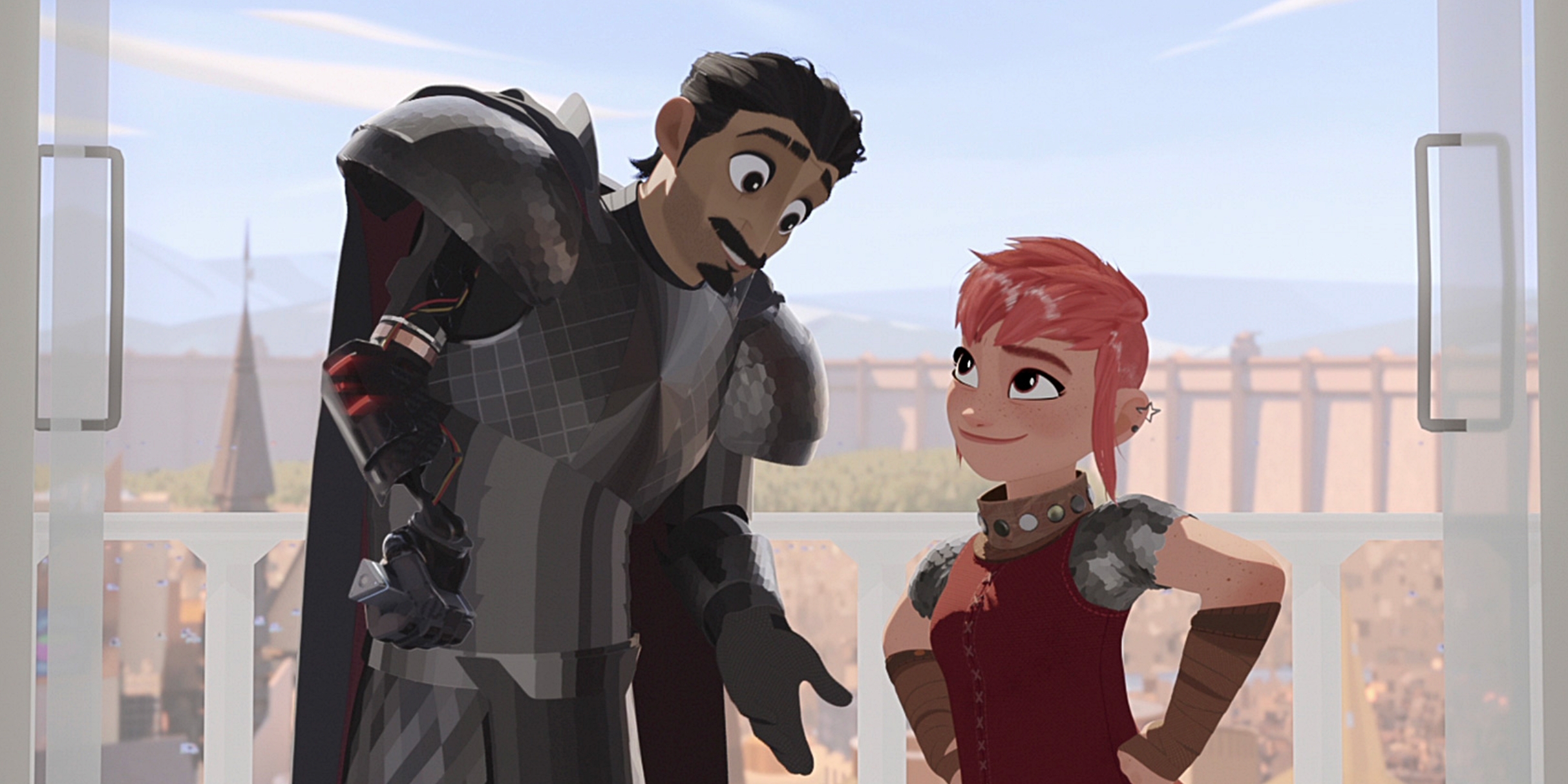
A film adaptation of “Nimona” was never supposed to happen. After Blue Sky Studios shut down in 2021 due to the Disney-Fox merger, the film was essentially considered never to see the light of day. But in the spirit of Nimona, a shapeshifter who refuses to let authority get their way, “Nimona” found a home at Annapurna and Netflix, and thank God it did. The film celebrates overcoming the powers that be with wonderful animation and character. 2023 was a triumph year for animation, and “Nimona” is no exception as it incorporates art that fits its punk-rock nature. The film is pure at heart while discussing mature themes of identity and friendship, with a trans allegory that may be as iconic as “The Matrix.” “Nimona” celebrates the outcast while telling them that their difference (according to what society says is ‘normal’) is their superpower and that they should always be proud of it and cause some trouble along the way. Like its titular character, “Nimona” breaks the rules and has fun doing it while providing its audience with one of the most important lessons about acceptance and love.
BEST DOCUMENTARY FEATURE – “Four Daughters”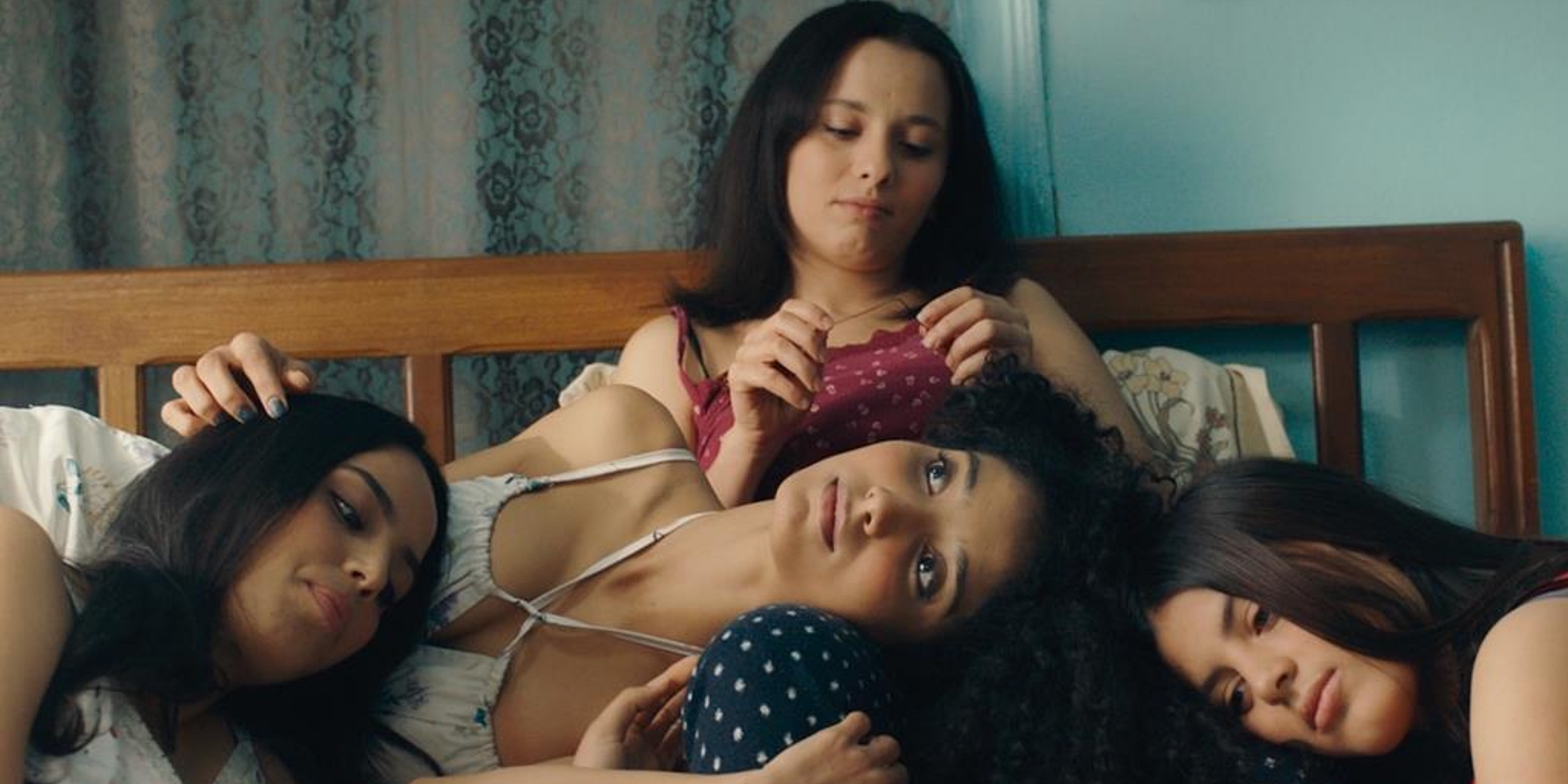
For some, documentaries tend to be viewed as a form of storytelling that is to be set apart from narrative features. It’s a dismissive attitude that wholly undervalues the power that any story can have. It’s even more pertinent to find that within a documentary, as the impact such a tale can have is found through an organic editing process that forges a compelling landscape. This year’s selections of Documentary Feature nominees offer powerful examinations into heartbreaking subjects from around the world, but “Four Daughters” feels like a particularly magical piece. It begins with an intriguing premise, one that creates a level of artifice in its analysis of a family torn apart by an invading specter of malevolence. However, its device is a catalyst to explore the dynamics of this complicated unit. One assumes that this portrait of a mother grieving for the loss of her daughters who have fled into the arms of ISIS will be a straightforward account of evil corrupting the innocent. Yet, the layers are pulled back to expose a more complicated arrangement. It’s a perspective that shows a flawed maternal figure wrestling with her own failings and familial bonds that were already strained. Director Kaouther Ben Hania utilizes a sequence of reenactments to dig deeper at the real emotional truth buried under the trauma, revealing a potent catharsis. This film showcases the true cinematic aspects that documentaries can possess as a medium. It crafts an account of real individuals whose journey emphasizes a nuanced discussion of the battle between forces that tear at the soul. Such forces can be external but also originate from within, making the consequences even more devastating and the analysis even more insightful. Amongst a strong group, it deserves consideration as the best documentary feature film of the year.
- Josh Parham
BEST ADAPTED SCREENPLAY – “American Fiction”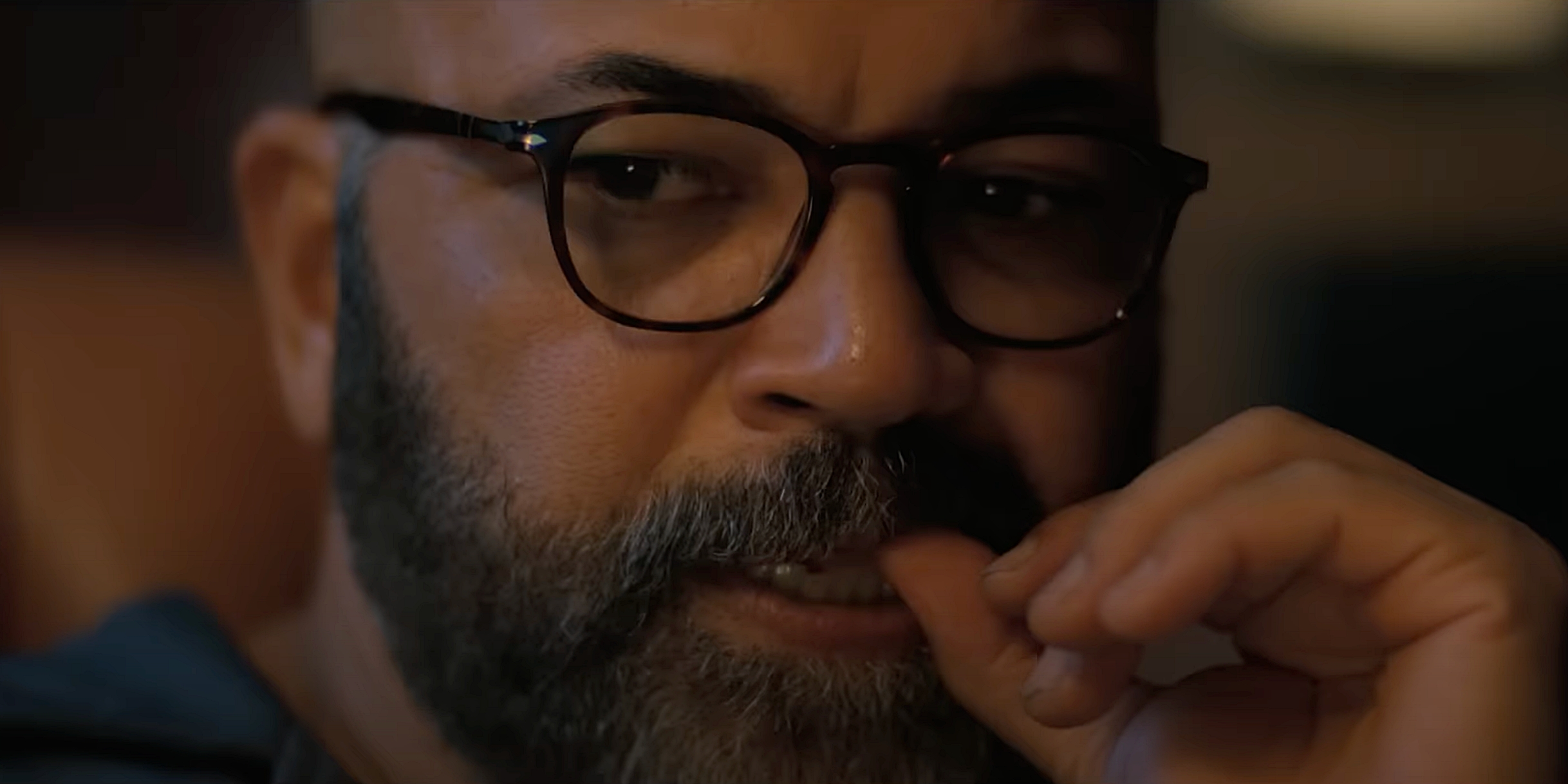
What screenwriter Cord Jefferson has accomplished with “American Fiction” doesn’t come around very often. Adapted from Percival Everett’s 2001 novel “Erasure,” Jefferson’s wickedly funny screenplay focuses on a semi-successful writer who has a plan to exert sweet vengeance on a corporate publishing world, one that panders to its largely-white audience by serving up the worst stereotypes of Black life and calling it real. (His plan backfires, of course.) If “American Fiction” had just been a savagely perceptive satire of contemporary life, that would have been achievement enough. But Jefferson dares to go deeper with his story and characters, weaving into his narrative a rich drama of upper-middle-class African-American family life, which is rarely seen onscreen nowadays. Add to that a storyline of middle-aged romance as well as an ongoing battle of sibling rivalry, and you’ve got a tall order for any screenwriter, much less a newbie, to blend successfully. Yet somehow, Jefferson makes it work, with the drama infusing the comedy that feeds the satire, all coming together to create a vibrant tapestry of the American experience in general and Black life in particular. “American Fiction” has already been named the year’s Best Adapted Screenplay by the BAFTA and Critics Choice Awards. It would be so wise if the Academy made it a trifecta.
- Tom O’Brien
BEST ORIGINAL SCREENPLAY – “Past Lives”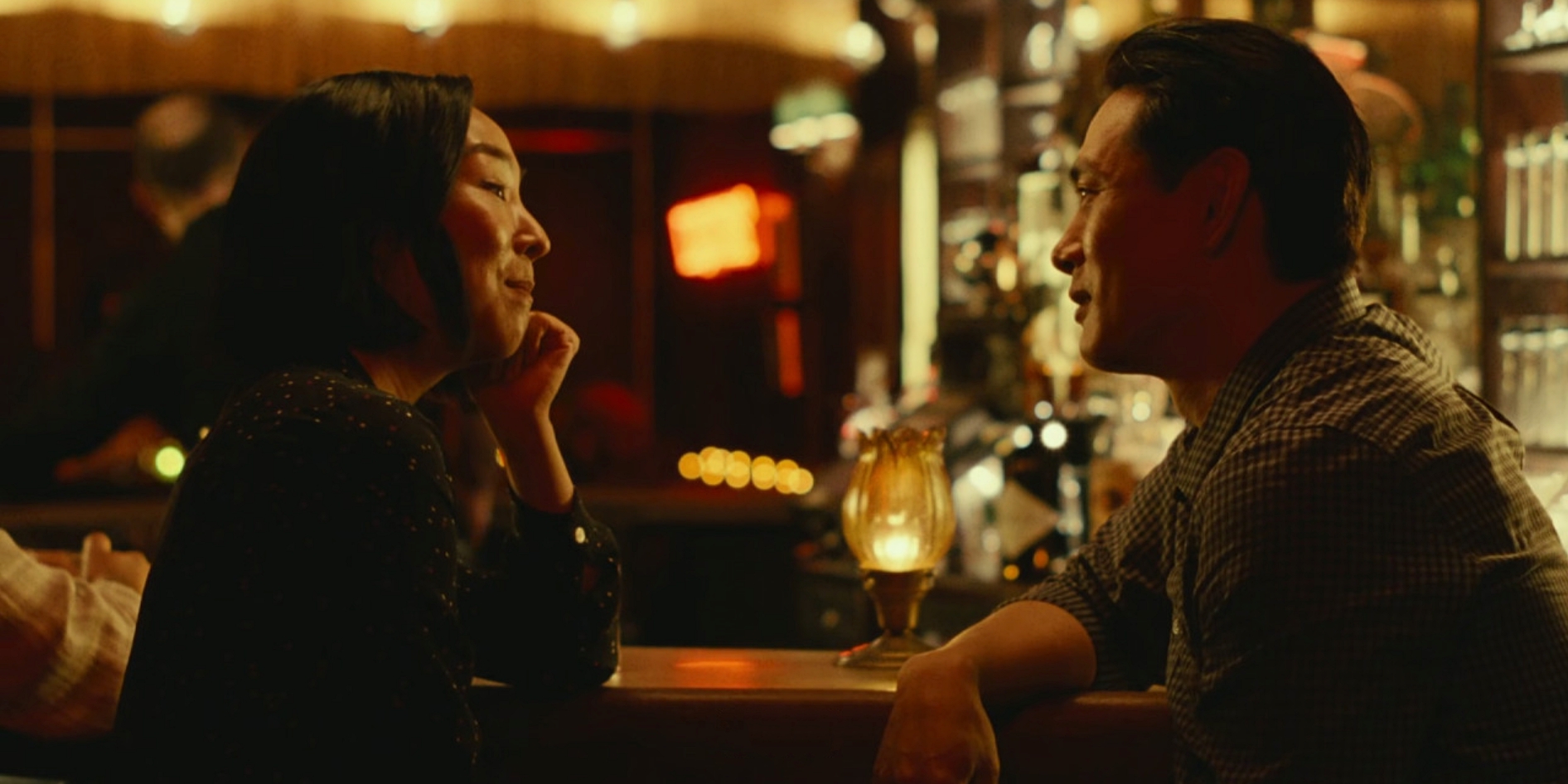
While terrific screenplays such as “Anatomy of a Fall” and “The Holdovers” are vying to win the Best Original Screenplay Oscar, I implore voters to send love toward the work by Celine Song for “Past Lives.” An incredibly personal piece of writing that’s translates on the page effortlessly, becoming a story expressed with such a unique perspective that isn’t always offered the opportunity to be recognized by the Academy. These characters Song creates are so rich and multi-faceted that it’s amazing how she could’ve easily manipulated her characters’ motives to facilitate a far more traditional story. To this day, I still think about the bedroom sequence with Magaro delivering a monologue so heartbreaking that it still brings me to tears. By the time the ending rolls through, audiences may not have gotten the film they expected, but it’ll be one they’ll resonate with in some way or another. I stand by wholeheartedly that Song’s screenplay for “Past Lives” is the best screenplay from 2023…original or adapted.
BEST CINEMATOGRAPHY – “Killers Of The Flower Moon”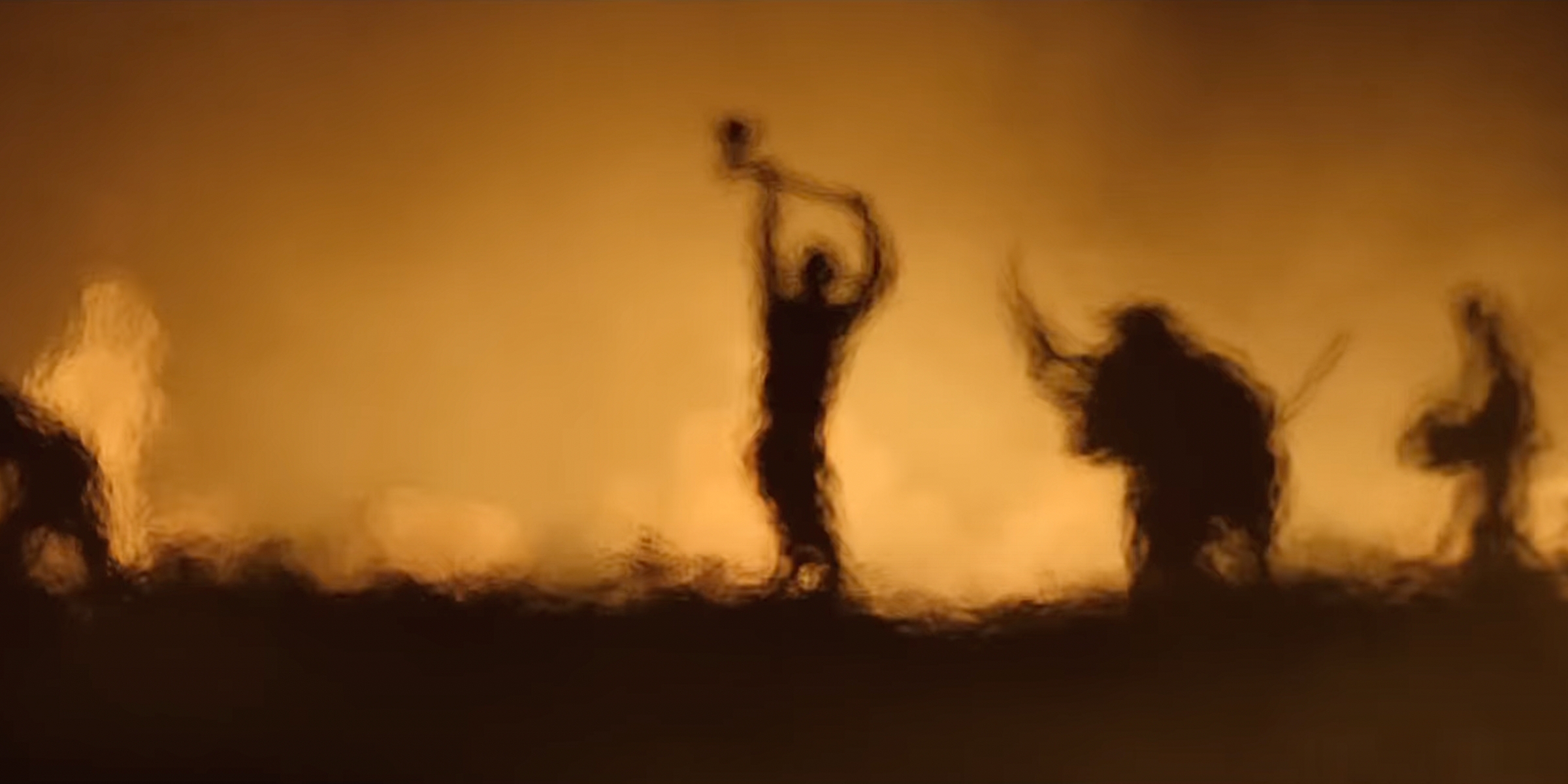
“Killers of the Flower Moon” marks cinematographer Rodrigo Prieto’s fourth Academy Award nomination, a fourth film collaboration with Martin Scorsese, and an innumerable example of the powerful imagery he observes. A 1920s story of terror and greed in Oklahoma’s Osage community is met with a visceral palette. From distorted silhouettes on burning land to shadowy “wolves” in darkened rooms, the cinematography shows an immaculate grasp of Scorsese’s vision. Prieto exercises impressive techniques in naturalistic environments and structured sets. His use of lighting also stands out, whether incorporating the sun into a scene (such as the ceremonial opening) or illuminating the color in a nighttime shot (such as the ranch fire sequence). Through his precise eye, the actors’ emotions and the narrative’s weight are felt in each frame and linger long after the film’s conclusion. Awarding Prieto’s work on “Killers of the Flower Moon” would be recognizing a creative giant at the top of his game.
BEST FILM EDITING – “Oppenheimer”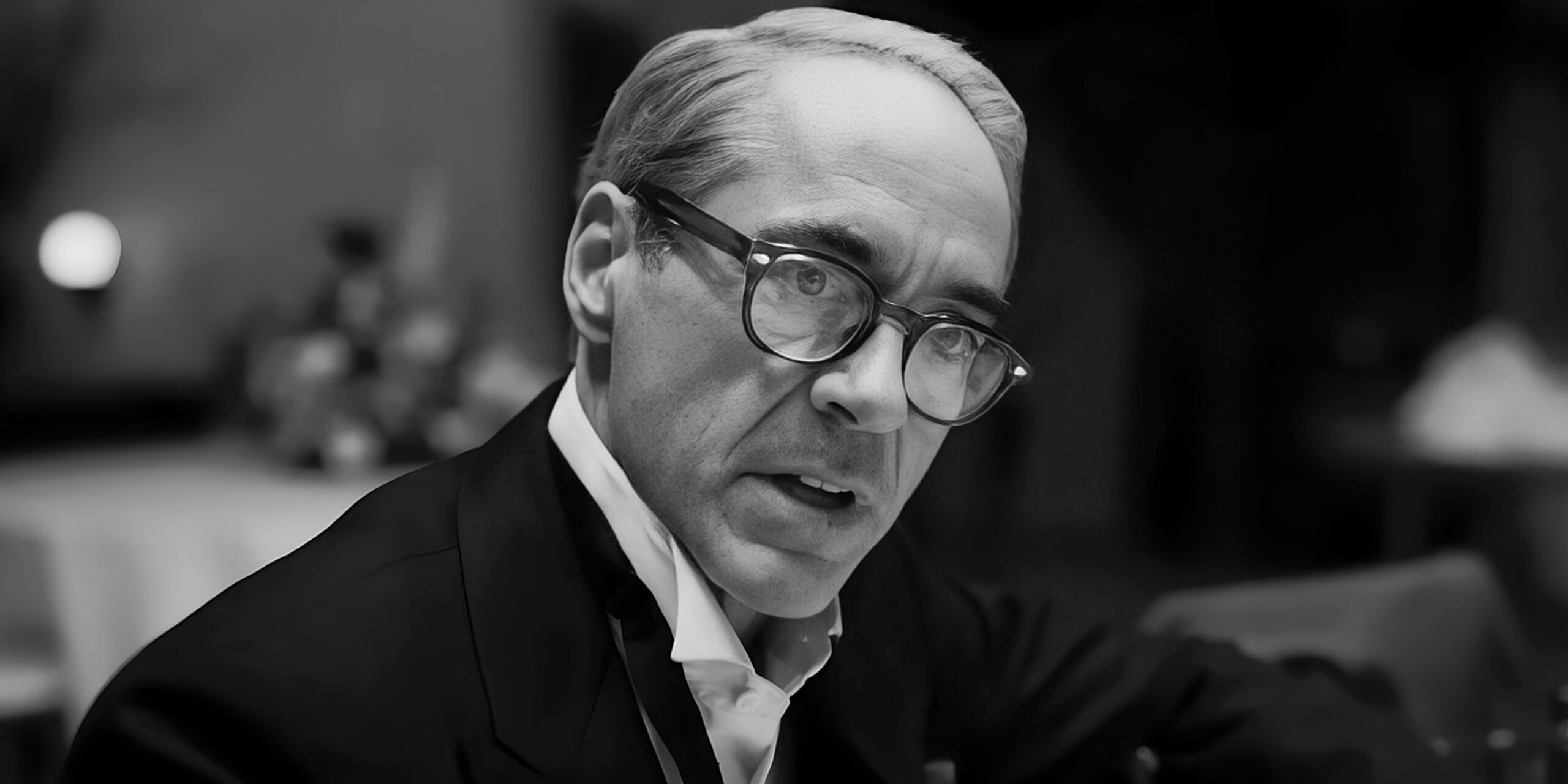
Anchored by a tightly organized screenplay and an expeditious film production where writer-director Christopher Nolan knew exactly what images he had to capture, much of “Oppenheimer’s” marvelous feat of pace, structure, and emotional impact is due to Jennifer Lame’s indelible film editing. If you ask her how she did it, she’d say she just had to feel it. On paper, it seems like an impossible balancing act; there are 79 speaking parts, a dozen principle characters, an intricate web of arcs and sub-arcs that weave through personal vendettas and thick downloads of history, and with the occasional smash-cut to visions of the atomic world. What could have easily become incomprehensible at worst or tedious at best, Lame’s cutting helped harmonize into a cohesive, often overwhelming, mosaic of narrative and image where each moment seems to propel and supercharge the next. Whether it’s the perfectly timed intercuts of Leslie Groves’ (Matt Damon) visible panic with Colonel Pash’s (Casey Affleck) devilish interrogation of Oppenheimer (Cillian Murphy), the contentious debate between Strauss (Robert Downey Jr.) and Oppenheimer over Russian bomb testing, or the soaring “Can You Hear the Music” montage that blends art and science into a whirlwind of inspiration, Lame’s brilliant editing demonstrates how complex storytelling can harnessed for the broadest audience possible.
- Brendan Hodges
BEST MAKEUP & HAIRSTYLING – “Maestro”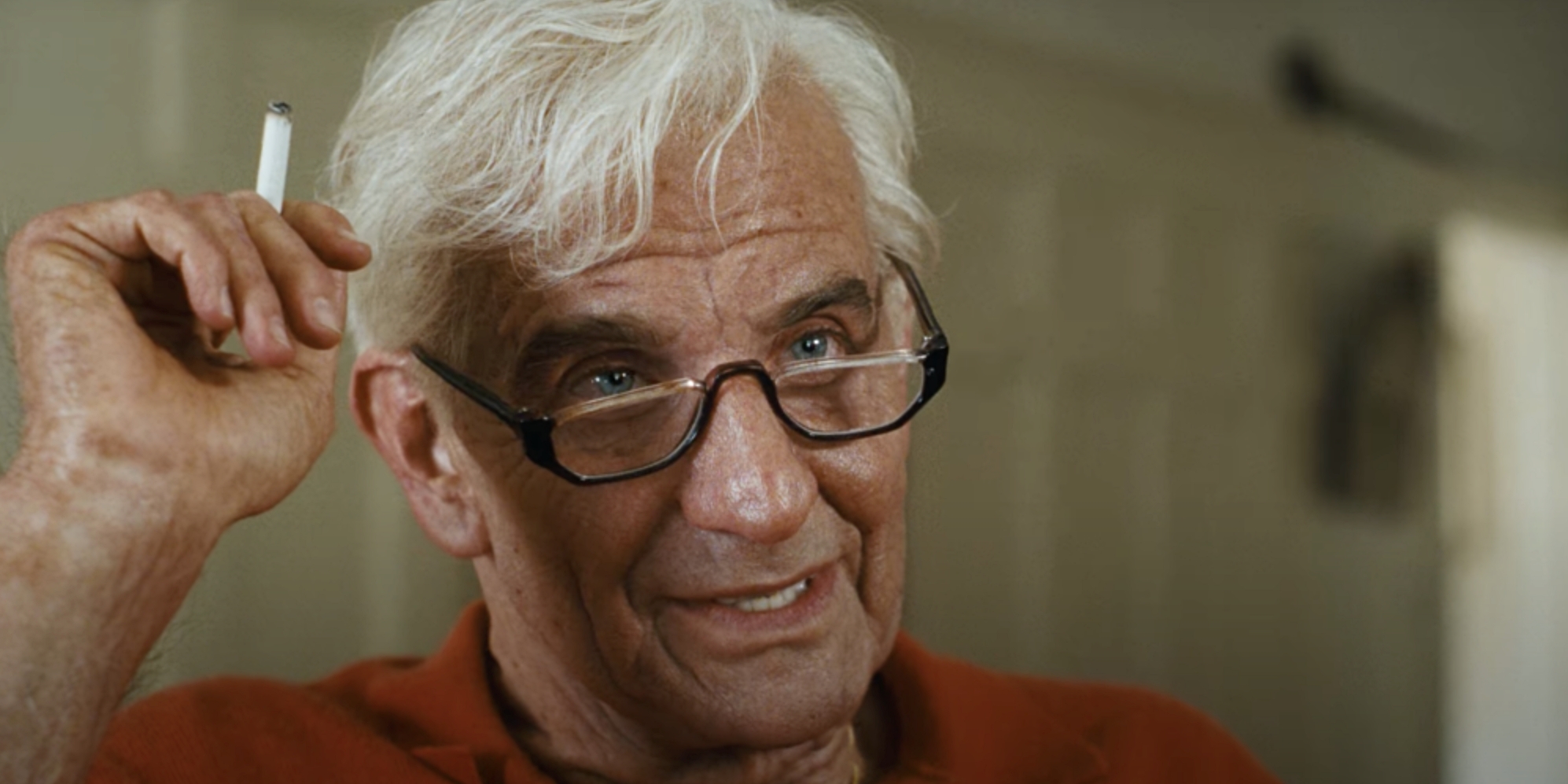
Throughout awards season, those of us who appreciated what Bradley Cooper brought to “Maestro” as a Producer, Director, Writer, and Actor have had to sit back and watch helplessly as critics and audiences dogpiled on what they perceived to be an apparent attempt to win an Oscar. The man has amassed twelve Academy Award nominations in eleven years, and I believe his time will one day come. However, my plea for your consideration this year is not going toward Bradley himself but toward the film’s stunning makeup work to transform him into Leonard Bernstein as well as his co-star Carey Mulligan into Felicia Montealegre. The aging through decades of storytelling is seamless and wholly convincing, representing some of the best, if not the very best, aging prosthetics I’ve ever seen done on an actor. When you see Cooper in the film’s bookended opening and closing scene at the piano, smoking a cigarette and speaking with reporters, you actually don’t see Cooper. He’s completely disappeared. Shot in tight close-ups, the work holds up under much scrutiny, and Mulligan’s work on her hair and face as Felicia deteriorates due to her cancer helps sell the tragedy of the film’s third act. Kazu Hiro is considered one of the world’s finest special makeup effects artists, and while he has already won two Academy Awards for similar work in “Darkest Hour” and “Bombshell,” his work in “Maestro” alongside Kay Georgiou and Lori McCoy-Bell represents the pinnacle of what is possible within the craft.
- Matt Neglia
BEST ORIGINAL SCORE – “Poor Things”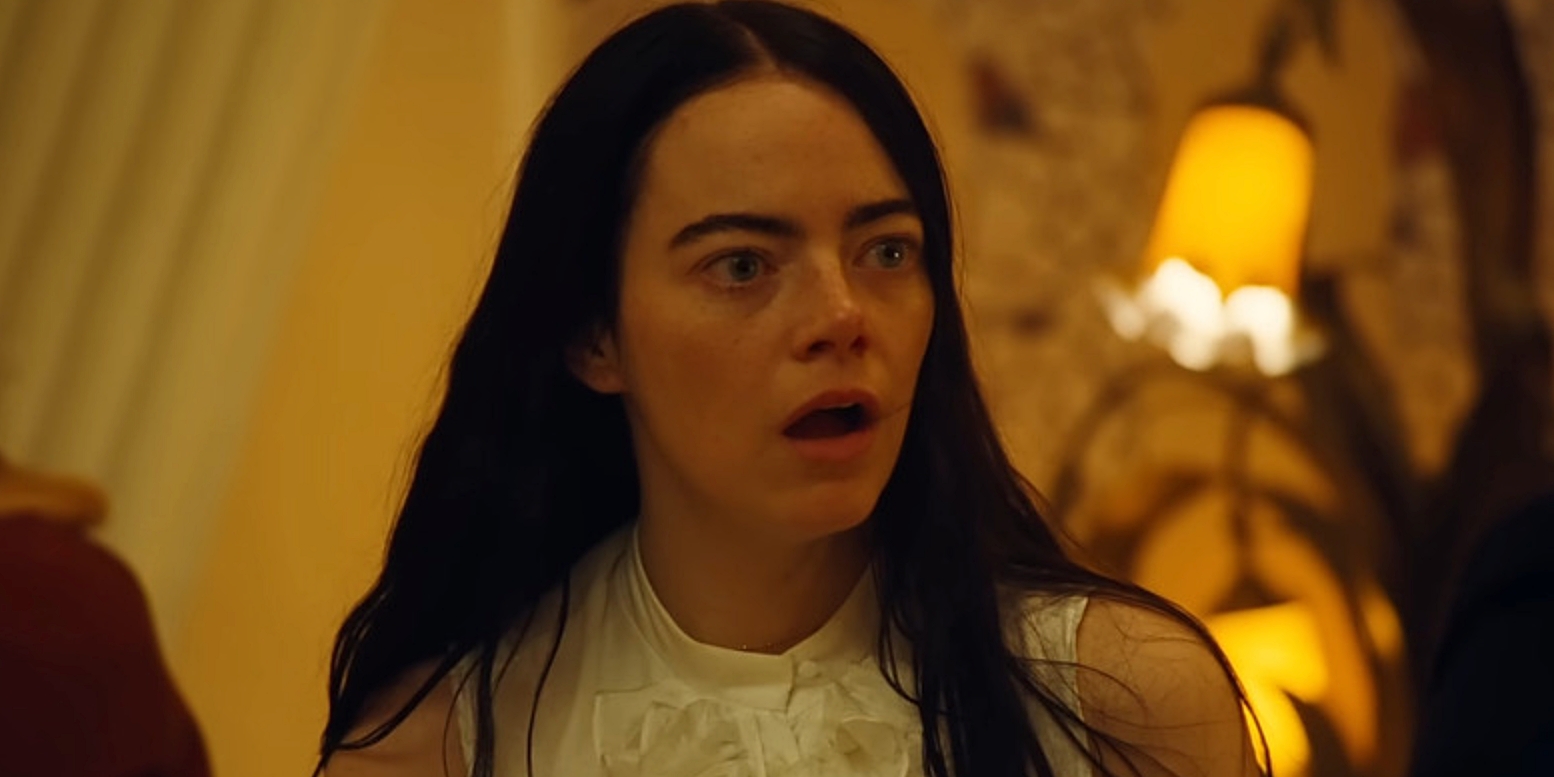
Yorgos Lanthimos’s “Poor Things” isn’t just the most unique-looking film this year. Thanks to composer Jerskin Fendrix, it’s also the most unique-sounding film of the year. Truthfully, it may have the most unique-sounding score ever composed for cinema. Brilliantly taking inspiration from lead character Bella Baxter, a woman with a baby’s brain in her skull learning to live again, Fendrix’s score sounds ever-so-slightly out of tune. The plucked strings sound like someone is tuning them, like how the lights in Bella’s brain slowly turn back on as she readjusts to life in her body and the world. The off-kilter sound of the music perfectly matches both Lanthimos’s shooting style (somehow, it sounds like what looking through a fish-eye lens looks like) and the visual language of the film’s locations. There is beauty and grandeur to be found (listen to how the music explodes with light when Bella is enjoying her furious jumping). Still, the foundation underneath everything feels unstable but never life-threateningly dangerous. In fact, the off-kilter charm of the score partly helps the film play as enjoyably as it does, subtly reminding the audience that this is a fantasy and that Bella’s story ultimately has a happy ending. It’s a tremendous scoring feat, especially considering that this is Fendrix’s first film score. To create something so singular, so creative, and so effective your first time out is a rare feat. Fendrix aced it, making the most instantly recognizable score of the year. Epic-sounding sweeping orchestral scores are a dime a dozen and have won Oscars before. But the score for “Poor Things” has real personality, a sound unlike anything else from this year or past years. Dear Academy Members, take a page from Bella Baxter’s book: Be bold and give the Oscar for Best Original Score to “Poor Things!”
- Dan Bayer
BEST SOUND – “The Zone Of Interest”
Best Sound is a category often dominated by action-heavy films or movies that feature a lot of music. As such, it may seem surprising that “The Zone of Interest,” a borderline-experimental Holocaust drama with practically no score, garnered a nomination in this category. But anyone who’s seen the film undoubtedly brought up the sound work as a dominant point of praise in their inevitable post-movie discussion. The film follows the Höss family, of whom the patriarch Rudolf was the real-life commandant of the Auschwitz concentration camp. The audience practically lives with them in their compound on the very border of the death camp, watching them carry out their daily tasks and routine existence in the literal shadow of a genocide that they’re helping to perpetuate. And while a vast wall shields the family from the visuals of the atrocities taking place, it’s impossible to mask the horrifying sounds. Screams, gunshots, and the constant rumble of the crematoriums provide an unceasing soundtrack. And the film’s darkly brilliant achievement lies in how the audience becomes as accustomed to these sounds as the Höss family. Jonathan Glazer’s film is a masterpiece of historical importance that reminds the audience of the ease with which humans can commit the most heinous acts and of the ways such evil can become an unobtrusive part of everyday life. The unimaginably horrifying sound work plays a huge part in accomplishing the film’s goal and deserves the Academy Award.
- Cody Dericks
BEST VISUAL EFFECTS – “Godzilla Minus One”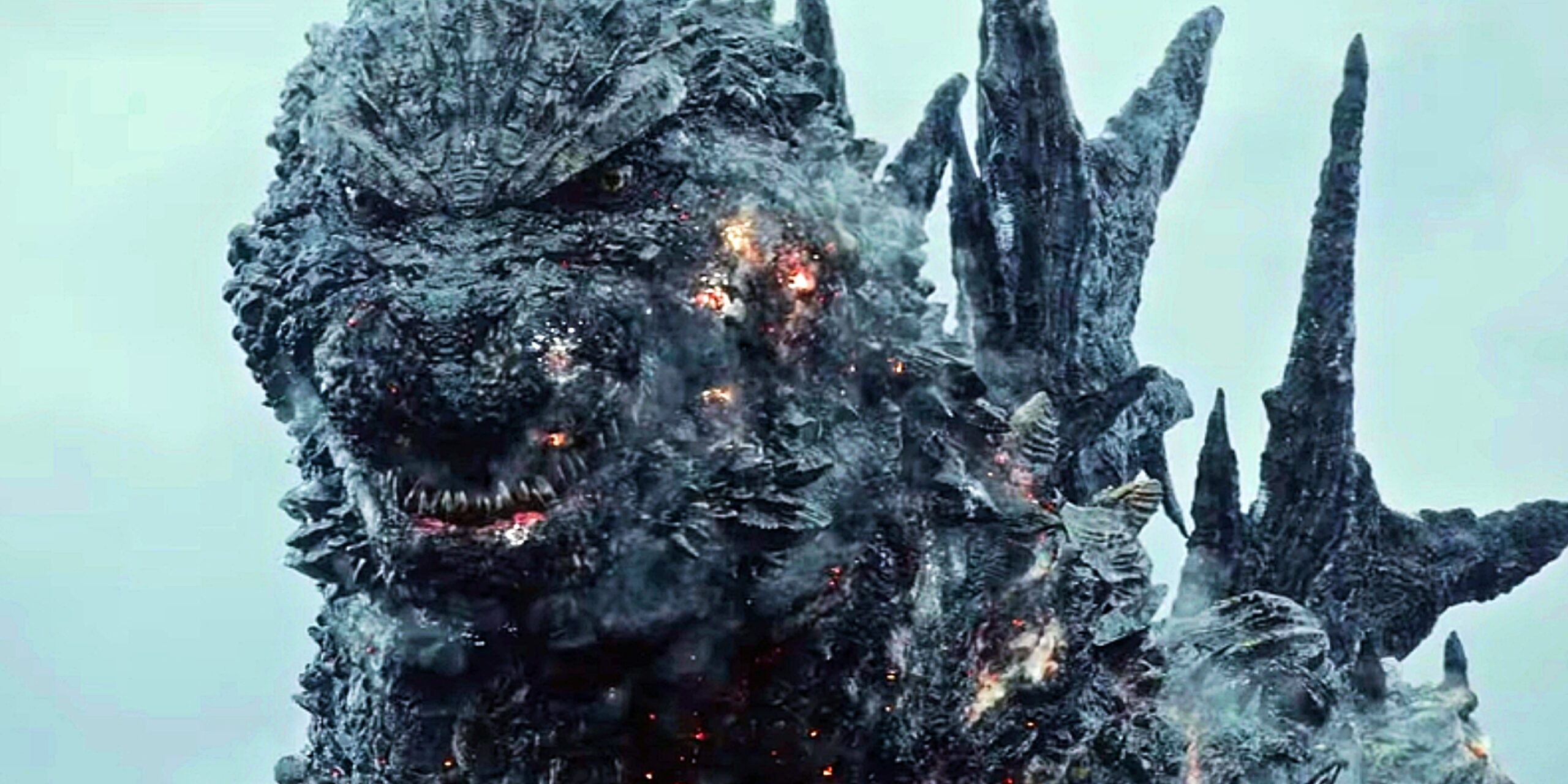
The Best Visual Effects Oscar is never about which film had the best visual effects. It should be, but other factors have always been at play since the beginning: What was accomplished relative to the film’s budget? Was the film surrounding the visual effects actually any good? Did the film use visual effects in service of the story instead of overwhelming the story? “Godzilla Minus One” has already made history by being nominated. It is only the second non-English language film ever to be nominated for the Best Visual Effects Oscar, and it is potentially the film with the lowest budget to be nominated for Best Visual Effects this century (some estimates put it at under $15 million, which would place it below even “Ex Machina“). It managed a nomination, against the odds, despite not boasting any visual effects branch regulars to its name. And what’s more, the visual effects work is extremely strong, especially given the minuscule budget. The film is not a game changer for the entire VFX industry like “Avatar” or “The Lord of the Rings” was. But none of the other four films nominated are either. Moreover, for an award meant to be best visual effects, not purely best CGI, behind-the-scenes footage reveals a remarkable combination of practical work (extensive built set environments, airplanes mounted on gimbals, usage of miniatures, and more). It helps that “Godzilla Minus One” is probably a better film overall than the other four nominated. It also manages to use visual effects in the service of the story. In “Godzilla Minus One,” Godzilla truly becomes scary again, a pure embodiment of terror and trauma. Moreover, a vote for “Godzilla Minus One” is a vote for the film’s writer and director, who was nominated as the film’s visual effects supervisor. It is a perfect way to honor the film’s visual effects and the creatives behind it.
- Will Mavity
BEST ANIMATED SHORT – “Ninety-Five Senses”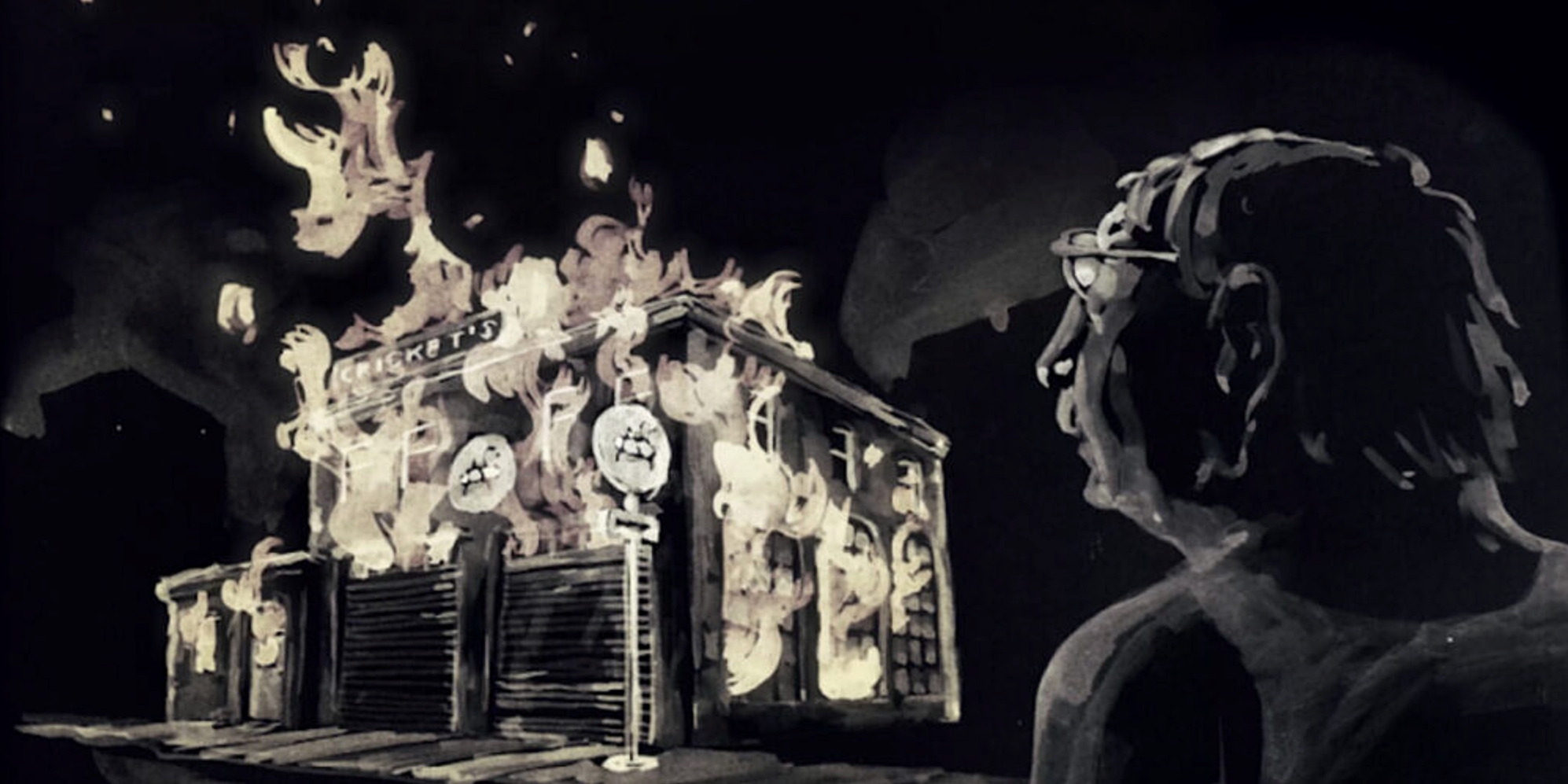
Few animated shorts capture such a wide range of emotions as “Ninety-Five Senses.” Directors Jared and Jerusha Hess, of “Napoleon Dynamite” fame, brought together a variety of animators to illustrate a story about how we associate memories with each of our senses, creating an unforgettable experience. The film follows Coy, an older man reflecting on his life throughout the years, centered around memories from sight, sound, touch, taste, and hearing. Tim Blake Nelson narrates the bittersweet short, giving a reflective perspective on time gone by. It’s funny, sweet, and tragic, often all at once. The shifting animation styles pair perfectly with Nelson’s performance, making the memories soar. The Hesses have never been better, with a clear vision and a significant emotional impact. There’s no better choice for Best Animated Short this year. Vote for “Ninety-Five Senses.”
- Daniel Howat
BEST DOCUMENTARY SHORT – “Nai Nai & Wài Pó”
“Nai Nai & Wài Pó” stands out among a crop of good to excellent documentary short films nominated for this year’s Academy Awards. At just 17 minutes long, it’s the shortest among the nominees, but it’s easily the most enjoyable and uplifting. Sean Wang points his camera at his two grandmothers — one who’s in her 90s and the other who’s in her 80s, both of whom haven’t let their ages stop them from doing things they want to do. In its brief runtime, Wang’s film showcases the grandmas’ humor as well as the introspective moments in their daily lives. Now available to stream on Disney+/Hulu, it’s the kind of charming, lovingly made short that’s easy to recommend to everyone. Wang’s feature film, “Dìdi,” premiered at this year’s Sundance Film Festival to rave reviews, which may have helped him obtain the nomination for his short. Wang also attended the recent Oscar Nominees Luncheon alongside his grandmothers, and their wide-eyed looks and smiles upon walking on the red carpet were infectious. Their never-ending joy for life is inspiring, and Wang captures this so well.
- Alyssa Christian
Thank you for considering these contenders in your Oscar voting. For those who are not voting, what would you like Academy voters to consider for the Oscar win? Please us know in the comments section below or on our Twitter account and be sure to vote on your own 96th Academy Award winners ballot here and check out our latest Oscar predictions here.


